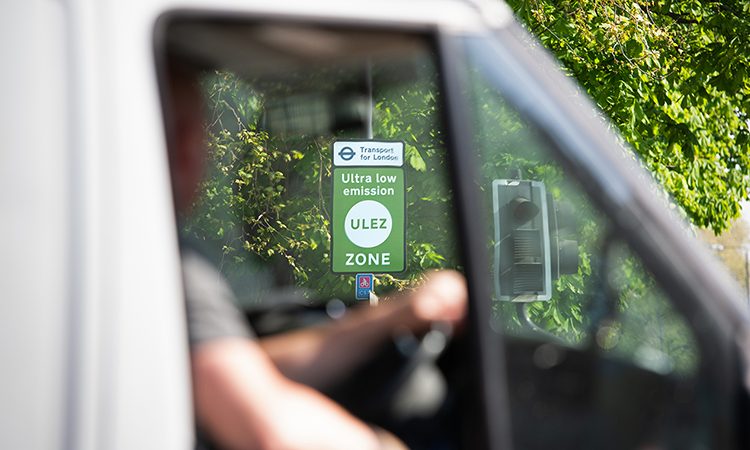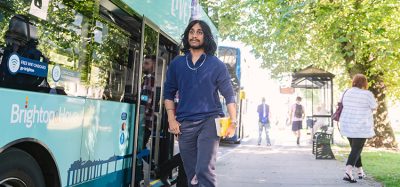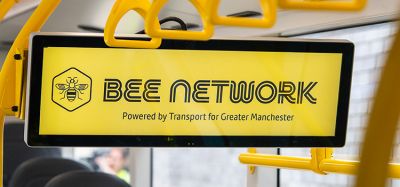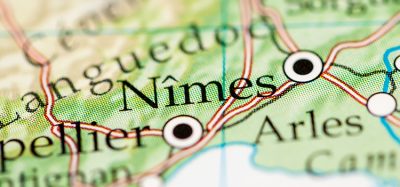TfL data shows success in encouraging cleaner vehicles in outer London
- Like
- Digg
- Del
- Tumblr
- VKontakte
- Buffer
- Love This
- Odnoklassniki
- Meneame
- Blogger
- Amazon
- Yahoo Mail
- Gmail
- AOL
- Newsvine
- HackerNews
- Evernote
- MySpace
- Mail.ru
- Viadeo
- Line
- Comments
- Yummly
- SMS
- Viber
- Telegram
- Subscribe
- Skype
- Facebook Messenger
- Kakao
- LiveJournal
- Yammer
- Edgar
- Fintel
- Mix
- Instapaper
- Copy Link
Posted: 27 March 2023 | Intelligent Transport | No comments yet
Although the data shows that the vast majority of drivers will not have to pay the ULEZ charge when the scheme extends London-wide in August 2023, all drivers are advised to use TfL’s checker to see if their vehicle meets the standards.


Credit: Transport for London
New data released by Transport for London (TfL) shows that nine in 10 cars seen driving in outer London on an average day meet the Ultra Low Emission Zone (ULEZ) standards. The figures show the effectiveness of the scheme, which will expand London-wide from 29 August 2023, in encouraging people to switch from older, more polluting vehicles.
It is expected that when the standards cover the larger area, the proportion will be even higher. In November 2021, TfL estimated car compliance at 85%, up from around the 75% that had been estimated from earlier analysis of cars seen in June 2020.
While the vast majority of those driving in the capital after the end of August will not need to take any action, TfL is advising people to use its vehicle checker to see if they will be affected. This tool has been viewed more than six million times since November 2022, when the plans to expand the ULEZ London-wide had been confirmed.
With a disproportionate number of deaths attributed to pollution in the outer boroughs, and more than half of the capital’s 500,000 asthma suffers living outside of central and inner London, TfL has stated that it is essential that the ULEZ is extended beyond its current boundaries.
The ULEZ has already been hugely successful in central and inner London, helping to reduce harmful nitrogen dioxide (NO2) levels by 46% in central London and 21% in inner London1. The ULEZ expansion will save nearly 27,000 tonnes of CO2 in outer London in its first year, more than double that which the central London ULEZ had achieved in its first year of operation.
London’s Ultra Low Emission Zone to be expanded to all boroughs
Amongst other improvements, the ULEZ expansion is forecast to make further progress to reduce air pollution, by reducing nitrogen oxides emissions from cars in outer London by 10%, and reducing PM2.5 car exhaust emissions in outer London by nearly 16%.
In order to support this transition, the Mayor of London has launched the capital’s biggest ever scrappage scheme worth £110 million to support smaller businesses, sole traders, charities, Londoners on lower incomes and disabled Londoners to replace their older, more polluting vehicles with greener alternatives, as well as expanded the city’s bus network.
The Mayor of London, Sadiq Khan, said: “I have always been clear with Londoners that the aim of the ULEZ is to get the most polluting vehicles off our roads in order to protect both the health of Londoners and our environment. This new data shows people, businesses and charities understand the impact of air pollution on health and are preparing for the change. With this jump in compliance, it’s now just one in ten cars seen driving in outer London that aren’t ULEZ compliant – a fantastic result.”
Christina Calderato, TfL’s Director of Transport Strategy and Policy, said: “We are pleased that so many cars driving in outer London are now meeting the ULEZ standards. This demonstrates that people are taking action and cleaning up London’s air. The vast majority of those travelling in the zone when it expands London-wide will not have to pay the charge. We would recommend people use our vehicle checker so they know whether they need to take action ahead of the expansion of the zone.”
Silviya Barrett, Director of Policy and Research, Campaign from Better Transport said: “It’s vital that we act to clean up our polluting air, so it’s really encouraging to see that so many people are already making the switch to less polluting vehicles. We welcome the Mayor’s investment in buses and the scrappage scheme which will support low-income households transition to greener transport.”
References
If you liked this, you may also be interested in:
▶ London’s Congestion Charge celebrates 20 years of success
▶ Scottish government launches scrappage pilot to encourage sustainable mobility
Related topics
Air Quality, Passenger Experience, Public Transport, Sustainable Urban Transport, Transport Governance & Policy
Related modes
Bus & Coach, Car
Related cities
London
Related countries
United Kingdom
Related organisations
Campaign for Better Transport, Transport for London (TfL)
Related people
Christina Calderato, Sadiq Khan








